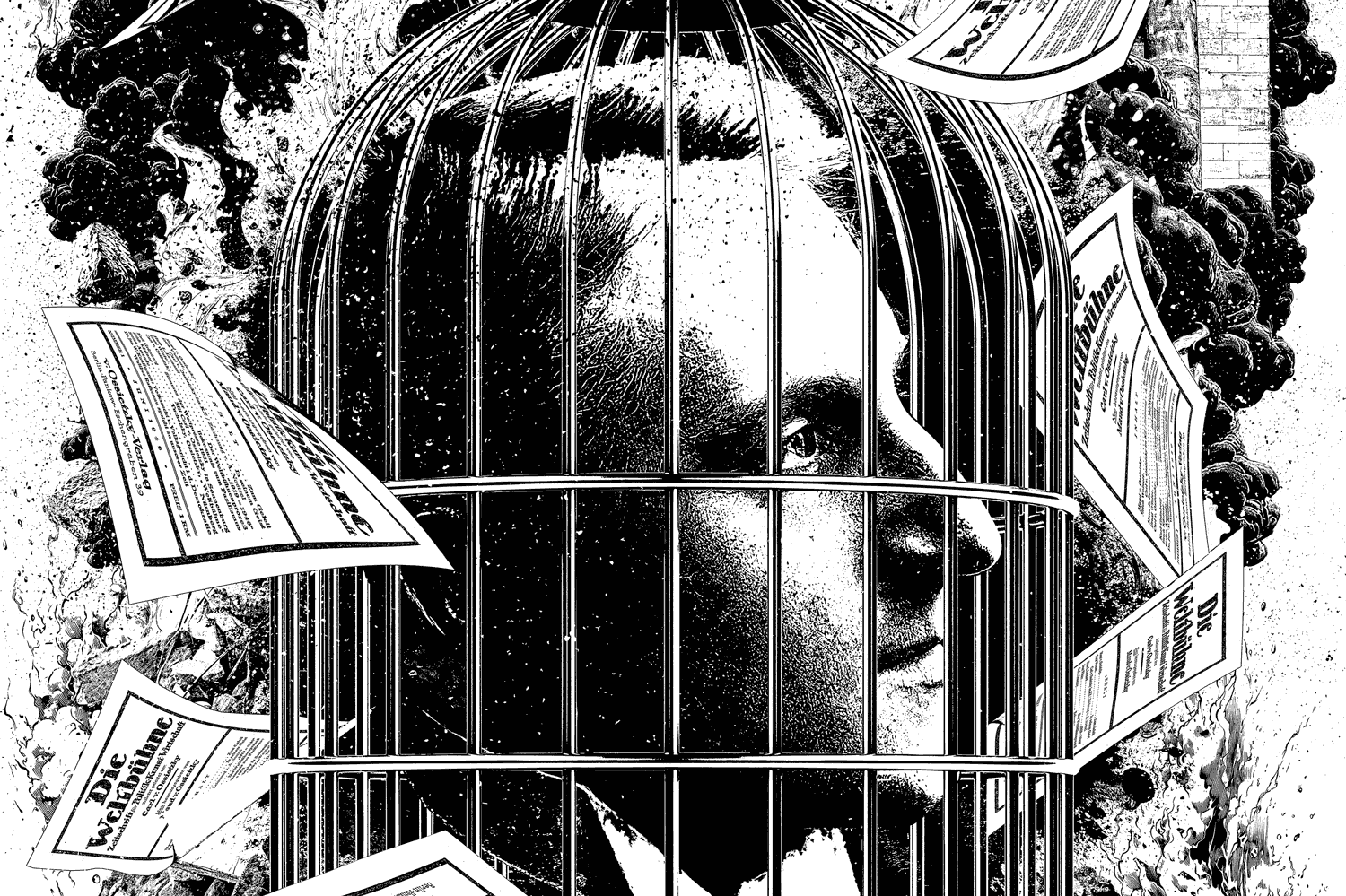The passing of former President Jimmy Carter has stirred up quite the conversation regarding the British royal family’s decision on who would represent them at his funeral.
Ultimately, Prince Edward, the Duke of Edinburgh, was chosen to attend, a move that has drawn attention, particularly due to the notable absence of Prince Harry and Meghan Markle.
Given their close ties to the United States, many expected the Sussexes to be the logical representatives.
However, a deeper look reveals that King Charles made a more nuanced and thoughtful choice.
King Charles himself had to bow out of attending due to health concerns.
Meanwhile, Prince William was also tied up with prior commitments, specifically celebrating Princess Catherine’s birthday.
This left the royal family in a bit of a bind when it came to selecting someone to represent them at such a significant international event.
In the end, Prince Edward stepped up, and his selection reflects the complex dynamics currently at play within the family.
Over the past five years, tensions have simmered between the Sussexes and other royal family members.
Public criticisms, a controversial Netflix documentary, and various media appearances have widened the gap, raising questions about whether they were fit to represent the monarchy at such a solemn occasion.
The royal family’s apprehension about the Sussexes potentially turning the funeral into a media spectacle likely played a crucial role in this decision.
In stark contrast to the Sussexes, Prince Edward has maintained a low profile throughout his public life.
He has diligently carried out his royal duties without the controversies that have often surrounded Harry and Meghan.
His reputation for discretion and professionalism makes him a fitting representative for an event steeped in respect and dignity.
Choosing Prince Edward over the Sussexes is a clear indication of the royal family’s desire to avoid distractions or negative publicity.
The nature of President Carter’s legacy—rooted in quiet dignity and humanitarian service—further emphasizes why Edward was the right choice.
His character aligns well with the values that the event sought to honor, which starkly contrasts with the more public and sometimes controversial actions of Harry and Meghan.
There’s a palpable concern that the Sussexes might exploit such a significant event for personal gain, perhaps through staged photographs or social media posts.
This potential for distraction weighed heavily in the royal family’s decision-making process.
It wasn’t just about logistics; it was about maintaining the integrity of the monarchy during a time of mourning.
Though the Sussexes are geographically closer to the U.S., their recent behavior and public persona rendered them less suitable for representing the monarchy at this particular event.
The royal family’s choice emphasizes decorum and respect, prioritizing the preservation of its image during this somber occasion.
Prince Edward’s selection was not merely a matter of convenience; it was a strategic choice.
It reflects a careful assessment of individual conduct and public perception, showcasing the royal family’s commitment to maintaining dignity and integrity.
Related Stories

